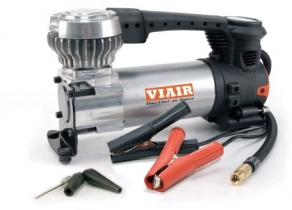-
Welcome to Tacoma World!
You are currently viewing as a guest! To get full-access, you need to register for a FREE account.
As a registered member, you’ll be able to:- Participate in all Tacoma discussion topics
- Communicate privately with other Tacoma owners from around the world
- Post your own photos in our Members Gallery
- Access all special features of the site
Enhance TRAC, ATRAC
Discussion in '2nd Gen. Tacomas (2005-2015)' started by dw77x, Jun 30, 2010.


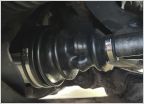 CV axle issue
CV axle issue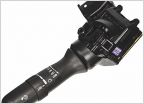 Upgrade to intermittent wipers?
Upgrade to intermittent wipers?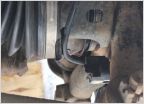 New Hub Info
New Hub Info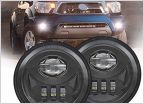 Headlight Bulb Suggestions?
Headlight Bulb Suggestions?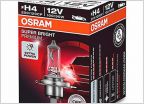 Better headlight bulb than stock?
Better headlight bulb than stock?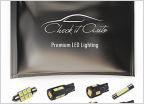 LED reverse lights?
LED reverse lights?













